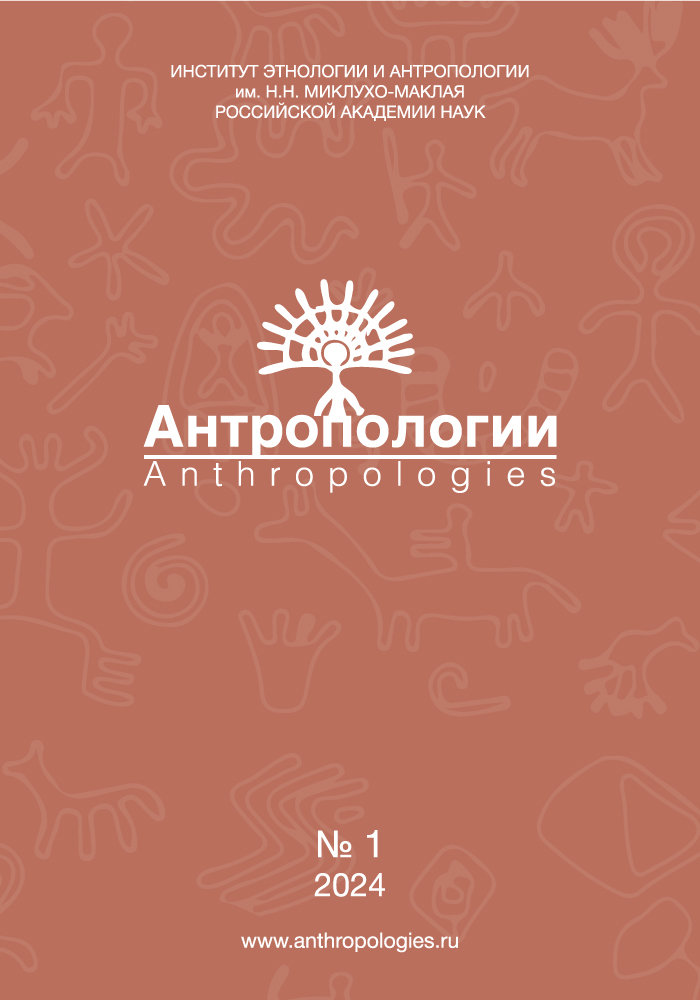Russian semiotics — the Yakut vector. Trends in the development at the turn of the 20-21th centuries
DOI:
https://doi.org/10.33876/2782-3423/2024-1/17-30Keywords:
Ethnography, thnology of Yakutia, semiotic/symbolic anthropology, cultural heritage, ethnicity, national identityAbstract
The article deals with the trends in the formation and development of the Yakut Center of ethnography/ethnology. At the turn of the XX–XXI centuries it was associated with the development of the methodology of semiotics. The formation of semantic/symbolic anthropology in Yakutia was based on the search and discoveries of Russian and world humanities. The structural-semiotic approach made it possible, abandoning the stadial-typological assessments, to proceed to the characterization of the «structure and language» of traditional culture — from the material world to the mythological sphere. Analyzing the texts of the Yakut culture, structures related to the theme of creation in rituals and epics were identified on its basis. The creational potential, which arose on the basis of an algorithm set by semiotics, was translated into the socio-cultural practices of the region. The research of Yakut scientists was taken as a basis for the development of the concept and symbolic content of the national holiday Ysyakh; they determined the practices of preserving and popularizing the Olonkho storytelling tradition. The formation of Yakut semiotics accompanied the process of actualization of the identity of the ethno-national community of the Republic of Sakha (Yakutia).


